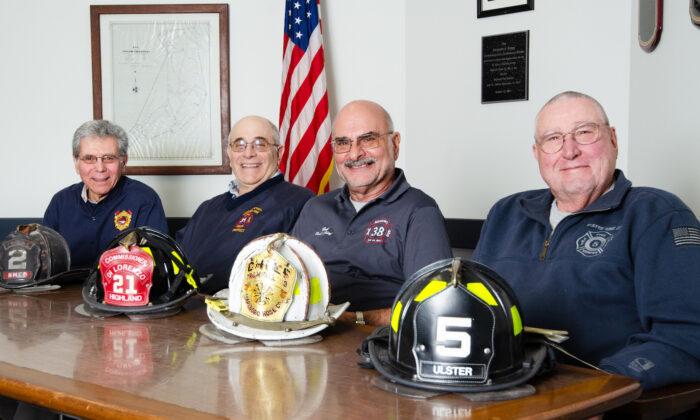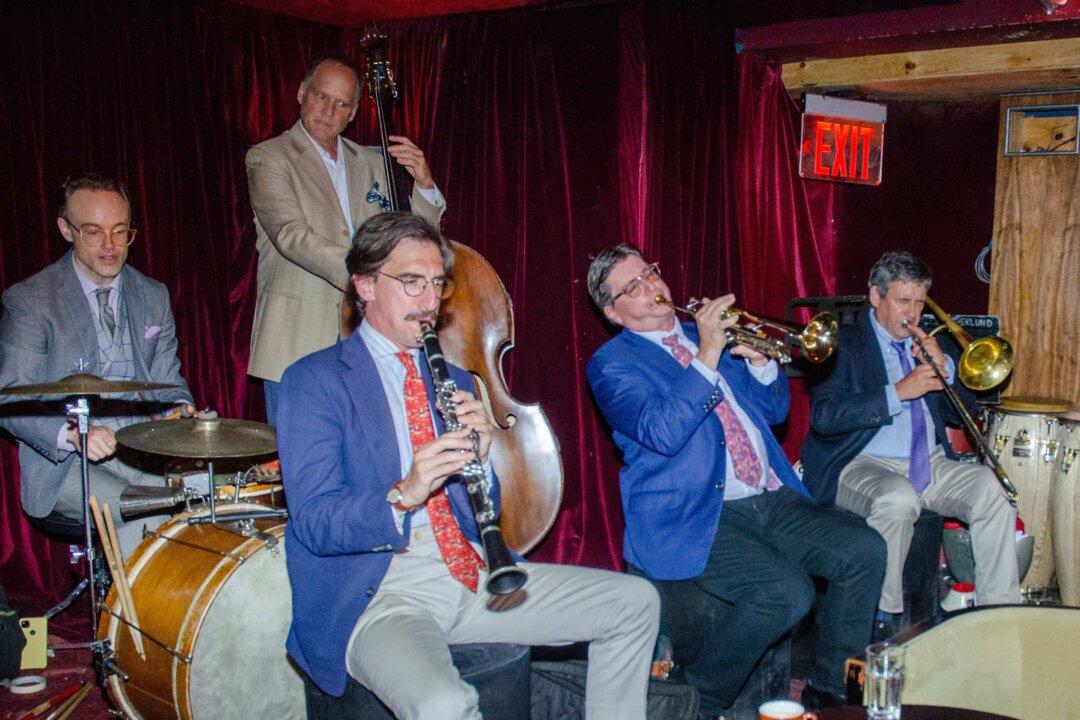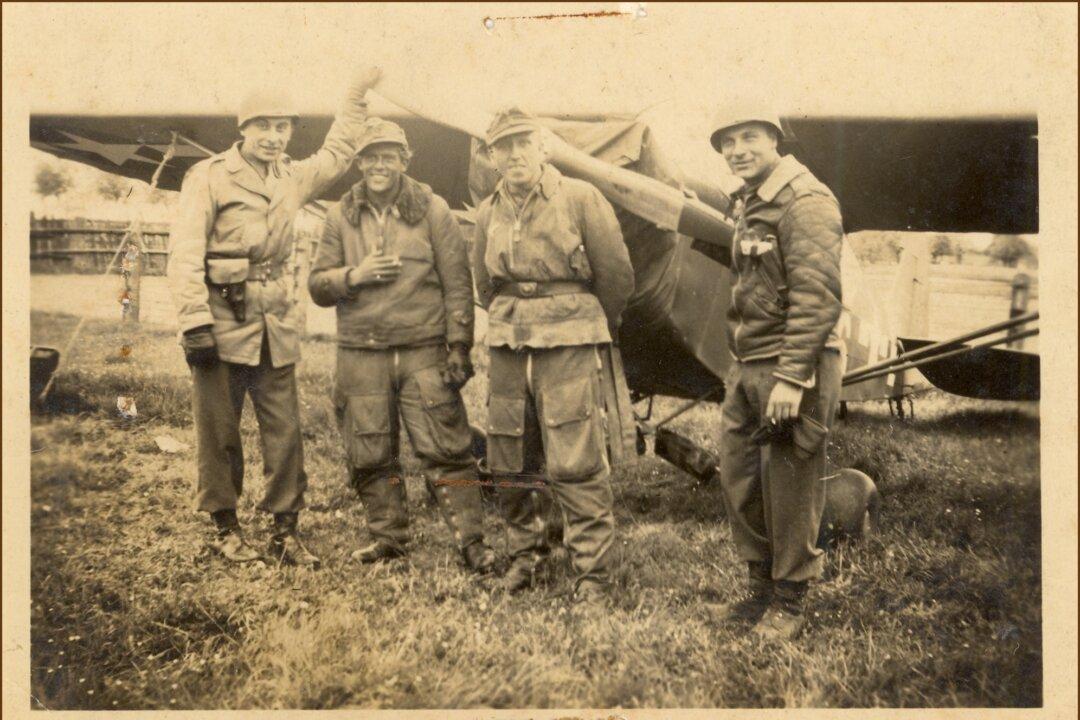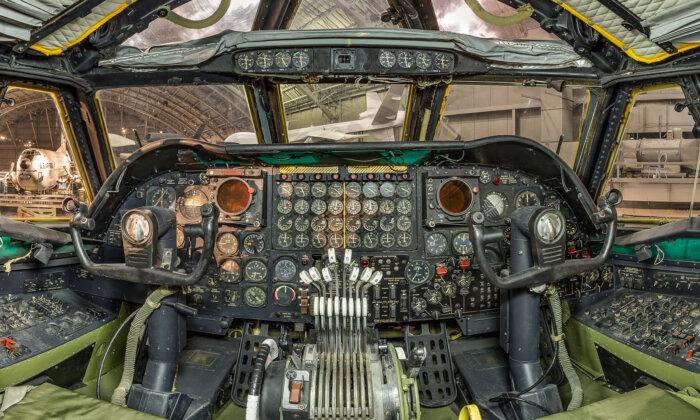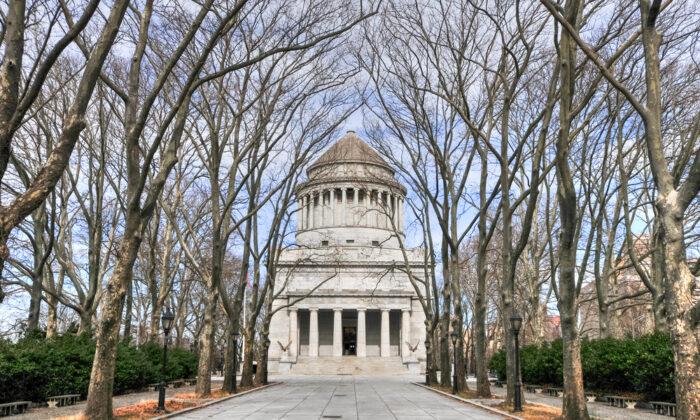Family Affairs
Bracco’s grandfather, an Italian immigrant, was a volunteer fire chief, and his uncle was a volunteer firefighter as well. Bracco joined at age 18, in 1958. He’s been with three departments over the past 64 years and is currently a commissioner.Troncillito’s four uncles were volunteer firefighters, with one being a chief. His father was a firefighter, too. Troncillito never felt pressure to join, but he did, by his own choice, at age 18 in 1964.
DiLorenzo’s father was both a firefighter and a commissioner. DiLorenzo joined in 1969, at age 19. He was chief for three years and has been fire commissioner for the past 23.
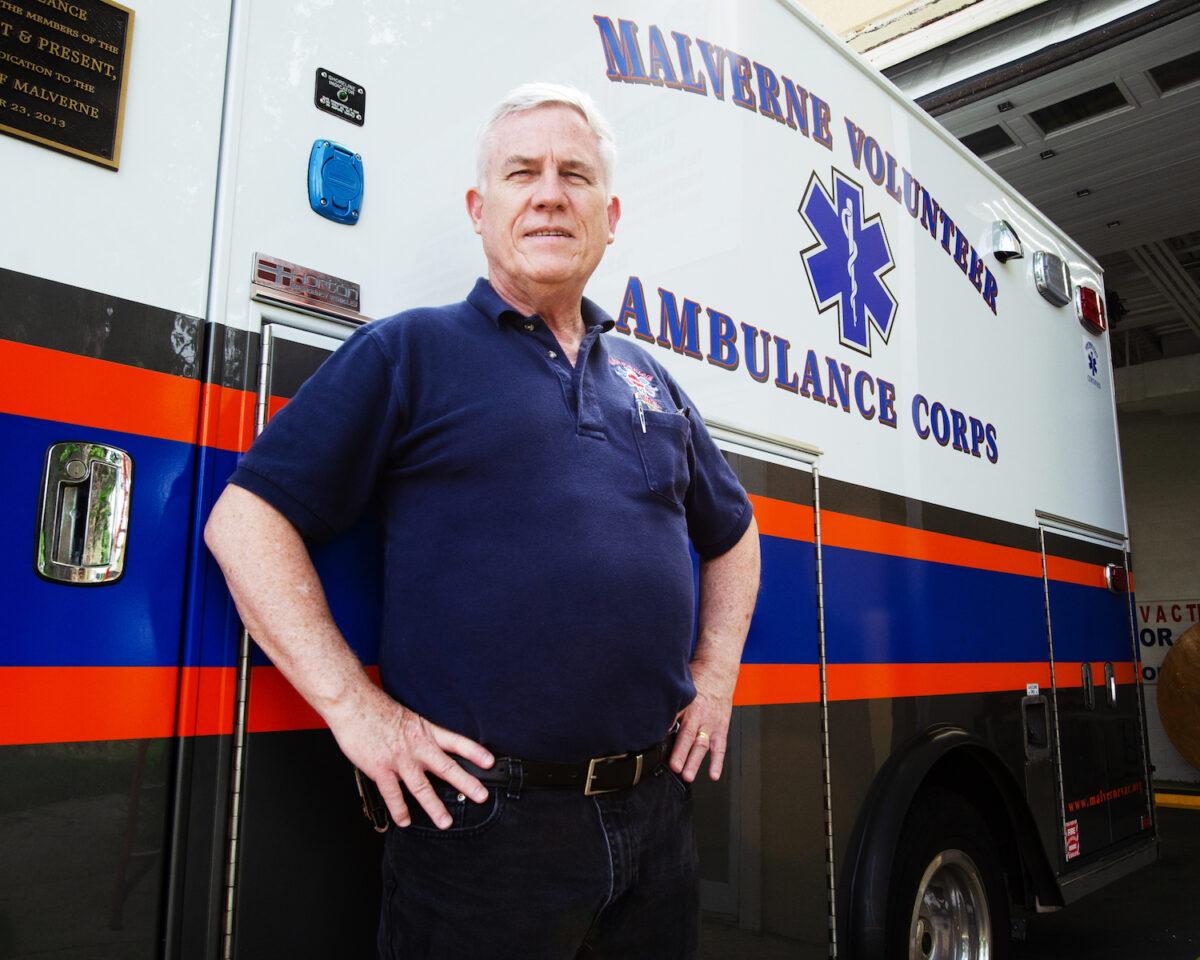
Volunteer Versus Career
While big cities have full-time, career-first responders who are paid with tax dollars, most suburban and rural communities rely completely on unpaid personnel for both fire and ambulance service.According to the National Fire Protection Association, 67 percent of first responders in the United States are volunteers.
Community Service
Each one of these heroes felt the need to serve their communities in some way from an early age. While there were several organizations in which to do that, they all chose the fire department.Even as a child, Preziosi gravitated toward fire service. He tricked out his bicycle as a fire truck by attaching a shampoo bottle as a fire extinguisher and a garden hose as a firehose.
When his father dropped a cigarette butt on the ground, Preziosi would “respond” to the “fire” by hopping on his bike in the garage, rushing to the spigot, connecting the hose, and putting out the fire.
However, Preziosi almost didn’t join. He had a neighbor in the department whom Preziosi describes as “a maniac.” He assumed all members were just like him, so Preziosi was hesitant to sign up. It was after speaking to another member who assured him the neighbor was the exception that Preziosi volunteered at age 22. Currently, he’s 69.
Bill Malone is a volunteer, emergency medical technician in Malverne, on New York’s Long Island, with 46 years of service. If we add his 46 years of volunteer service to the four firefighters, the new total is 268.
While most departments combine fire and ambulance, Malverne has two, separate units. He decided to join the ambulance corps at age 18 in 1976.
Commitment
Every volunteer understands service is a solid commitment. That means if they sit down for Thanksgiving dinner, and a call comes in, they have to drop what they’re doing and go. They understand this, as do their spouses.Changes
Over the years, these firefighters have seen many changes, particularly in equipment, which they refer to as “apparatus.”Troncillito still remembers his very first fire in 1964, when the department arrived in a 1936 American Lafrance firetruck. It was a brushfire, and Troncillito fondly recalled, “I had the privilege of rolling up the booster line by hand.” Eventually, he was chief for 36 years.
Carole Preziosi, Ray’s wife of nearly 40 years, recalled the turnout gear from the 1980s. “It looked better. It was more hip,” she told The Epoch Times. The turnout gear and the high-hip boots, which he wore when they started dating, was a look she remembers fondly.
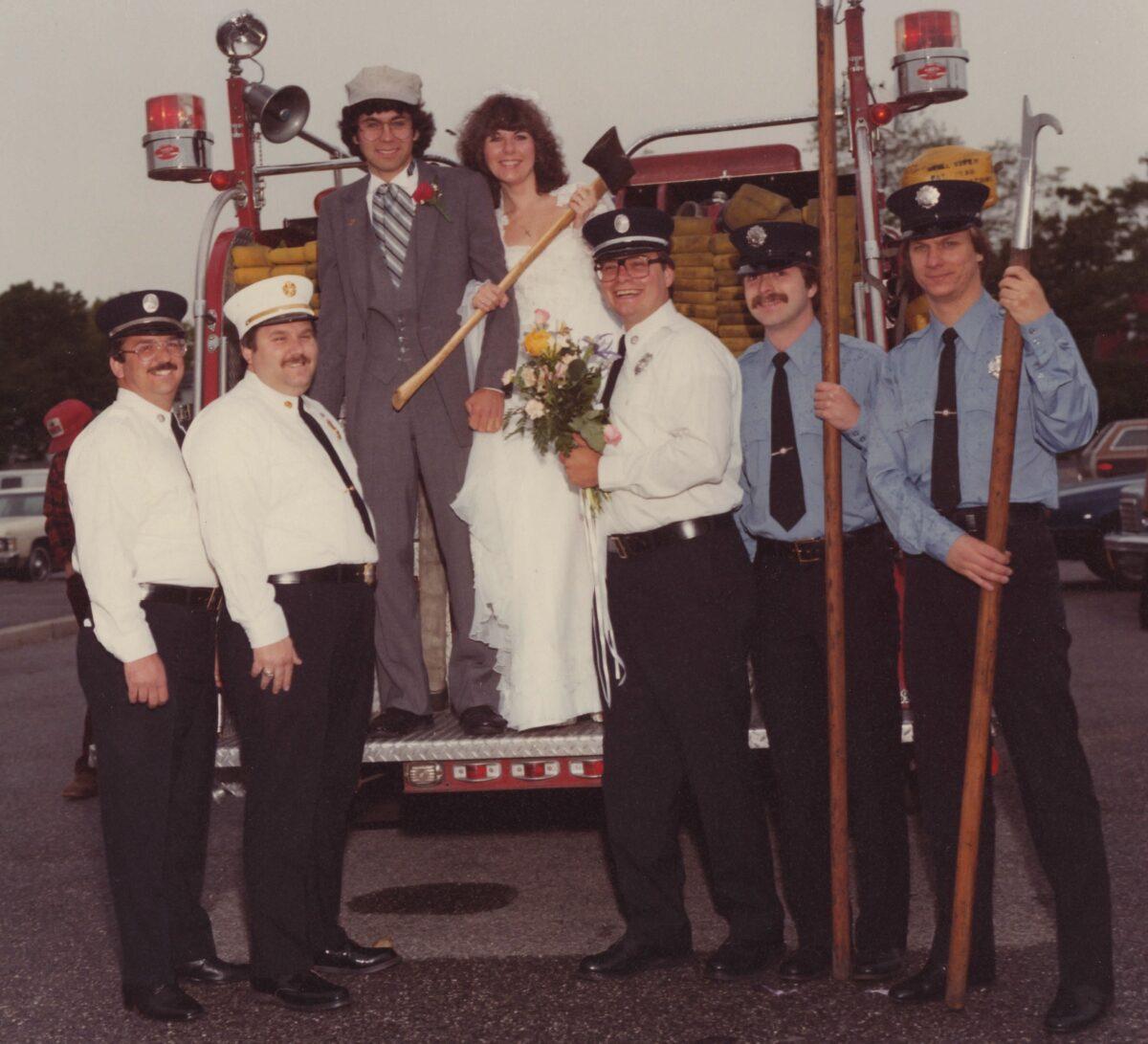
The greatest change is possibly in communication. Back in the day, each community had a siren. If a volunteer was in the area at the time and heard the siren, he’d rush to the firehouse. The first one there would use a dedicated line to contact either the phone company or a county dispatcher to find out the address of the fire, and then write it on a chalkboard for everyone else to see.
Eventually, this system was replaced with a telephone alert system (which was not run by a central dispatcher, but an operator at the telephone company), and then that was replaced by a home-alert system. That was replaced by pagers, which each volunteer would carry.
Trauma
While there’s a lot of comradery and laughs within departments, these first responders see a lot of suffering, damaged property, and sometimes loss of life.Under his watch as fire chief, DiLorenzo had a couple of fatal fires and several fatal car accidents. “Those things you never forget,” he said.
“Some of the fatals, I remember them like they were yesterday,” Troncillito said. “The trauma, and all the stuff that you deal with over the years, sometimes I wonder how we even handle it.”
He said back in the day, there were no crisis counselors readily available to speak to if you needed one, as there are today.
Father Time
Since there’s no stopping Father Time, the three eldest firefighters of the group no longer participate in the capacity they once did.Troncillito pretty much drives and operates exterior apparatus and not much more. He no longer enters burning buildings, and he’s fine with that. He knows the day will come when he can no longer drive. “When the time comes, I will accept it with no problem at all,” he said.
Shrinking Numbers
The number of volunteers in the country is dwindling. For decades, Malverne had EMTs on call 24/7. Malone said when he started in 1976, there were 60 or 70 active volunteers.He said now that number is eight or nine, so when there’s no one available to respond, the village relies on a nearby medical center.
At this rate, the number will fall to zero, at least in Malverne. “That time, I think, is kind of fast approaching,” Malone said with a sigh.
When DiLorenzo was issued his badge in 1969, it was number 140. “Now we’re up into the 380s,” he said. “So 240 people have walked through this door and most of them have left.”
He estimates the lifespan of service for most is only four or five years and for some it’s just a matter of days because they really don’t understand what they’re getting into.
“It’s hard to explain why we do it,” he said. “But I don’t see any end to it, for me or these guys.”

